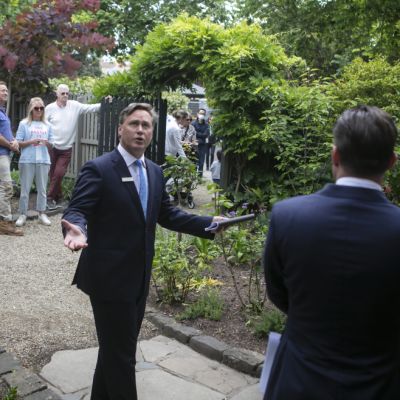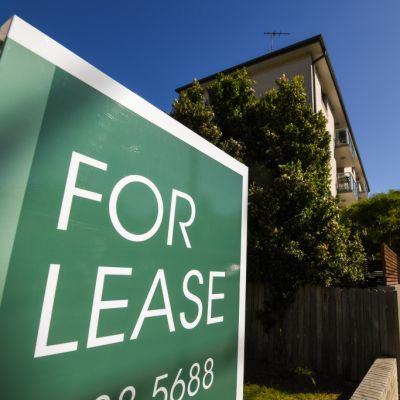Canberra house prices fall over the quarter for the first time in two years: Domain report
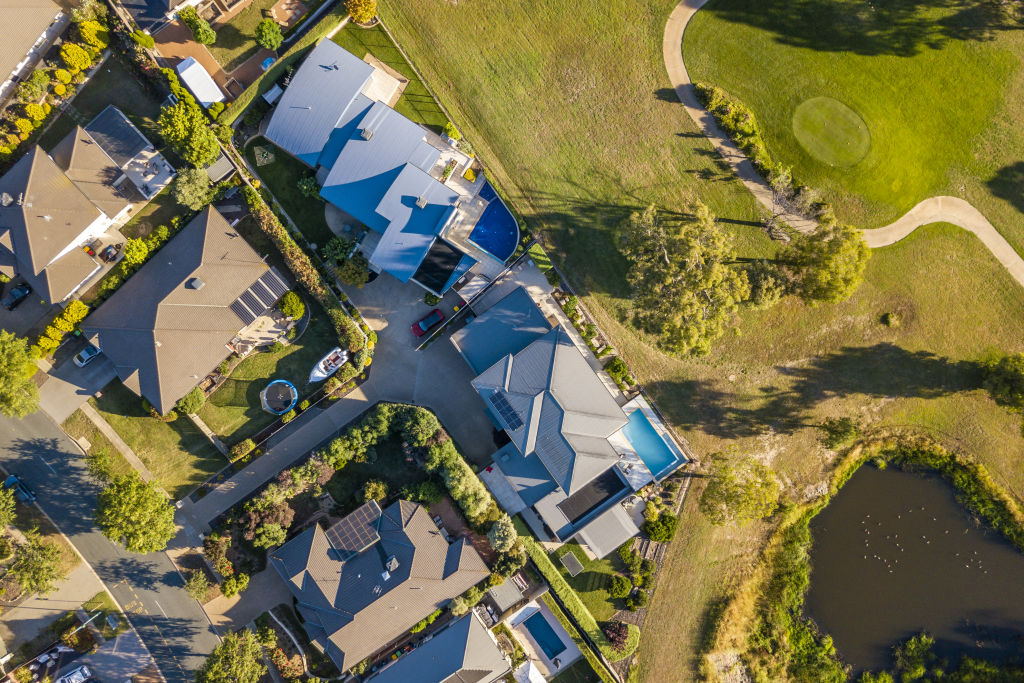
Canberra’s house prices have fallen for the first time in two years, offering some respite for buyers after new figures showed the capital’s median had dipped by 0.9 per cent over the last quarter.
The Domain House Price Report, released on Thursday, showed the median house price in Canberra was $1,124,952 in the three months to March. This was an annual increase of 21.1 per cent but a quarterly decline of 0.9 per cent.
This is the first time house prices have fallen over the quarter since March 2020, when Canberra felt the effects of the COVID-19 pandemic. Since then, the city’s property prices have only gone one way: up.
Despite the slight fall, Canberra remains the second most expensive city in which to purchase a house, behind Sydney.
“What the figures show is that the peak rate of annual and quarterly growth has passed and the overall momentum in the housing market has slowed down,” said Domain chief of research and economics Nicola Powell.
“It was a marginal decrease but a stark comparison to the rapid escalation of house prices over the prior seven consecutive quarters.”
HOUSES | STRATIFIED MEDIAN PRICE
Capital City
Mar-22
Dec-21
Mar-21
Quarterly change
Annual change
Sydney
$1,590,932
$1,588,423
$1,314,383
0.2%
21.0%
Melbourne
$1,092,144
$1,099,419
$981,401
-0.7%
11.3%
Brisbane
$831,346
$806,117
$629,499
3.1%
32.1%
Adelaide
$750,084
$728,342
$585,384
3.0%
28.1%
Canberra
$1,124,952
$1,134,678
$929,201
-0.9%
21.1%
Perth
$622,030
$612,926
$592,537
1.5%
5.0%
Hobart
$758,141
$727,099
$604,103
4.3%
25.5%
Darwin
$635,389
$647,156
$543,246
-1.8%
17.0%
Combined capitals
$1,069,289
$1,062,537
$902,829
0.6%
18.4%
Gungahlin region resident Lenny Brosnahan recently sold her two-bedroom townhouse via private negotiations but said the sale came with some concerns.
“After three open homes, we weren’t getting that many numbers through and when we spoke with our real estate agent, he said there had been a slight dip in the housing market and that was something I was seeing in my own research too, so I was a bit stressed,” she said.
“Selling was an interesting time. We saw the market go crazy and we thought: ‘Right, this is our time.’
“We were thinking about [selling] for quite some time but I think we missed that peak rush by a week or two but we were fortunate enough to get the price we wanted for the property in the end.”
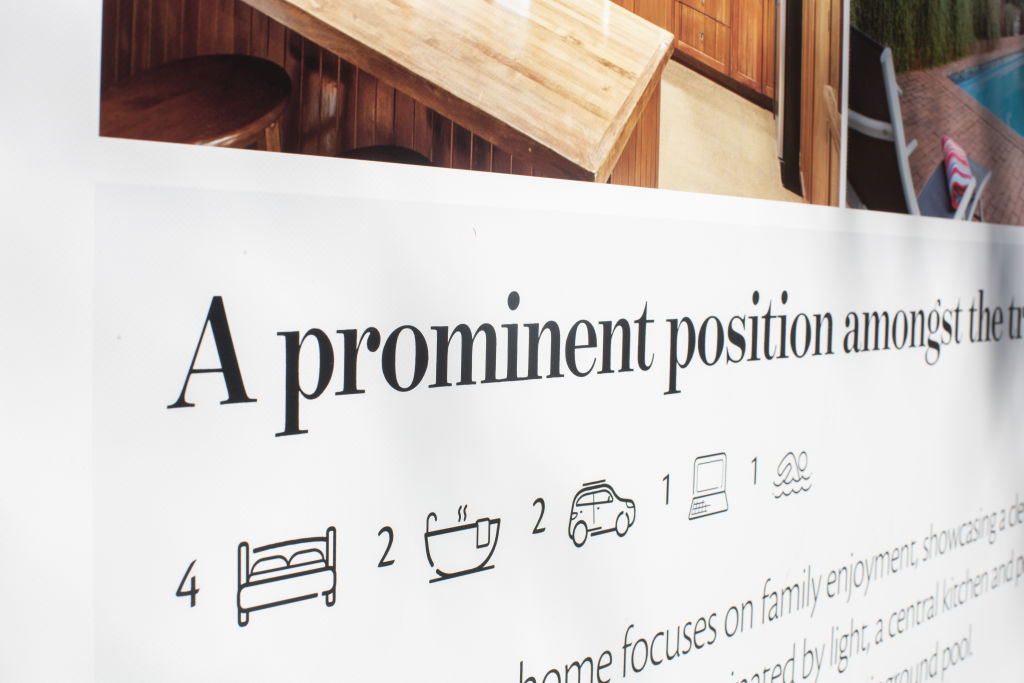
Ms Brosnahan is now looking for a four-bedroom standalone house to cater for her family of five including her partner, two children and their pet dog, Lola. They’ll now move into their family’s home to “keep an eye out on the market”.
“We’ve seen the market soften recently and with all the chatter about interest rates going up, we just want to wait it out and see what will happen,” she said. “But that’s not to say that if we find our perfect home, that we won’t put in an offer.
“At the start of the pandemic, people thought the housing market would plummet but the complete opposite has happened so we’ll wait and see what happens … the housing market is always fluctuating.”
This time last year the property landscape had the perfect storm of economic factors and supply and demand but that dynamic had changed, Dr Powell said.
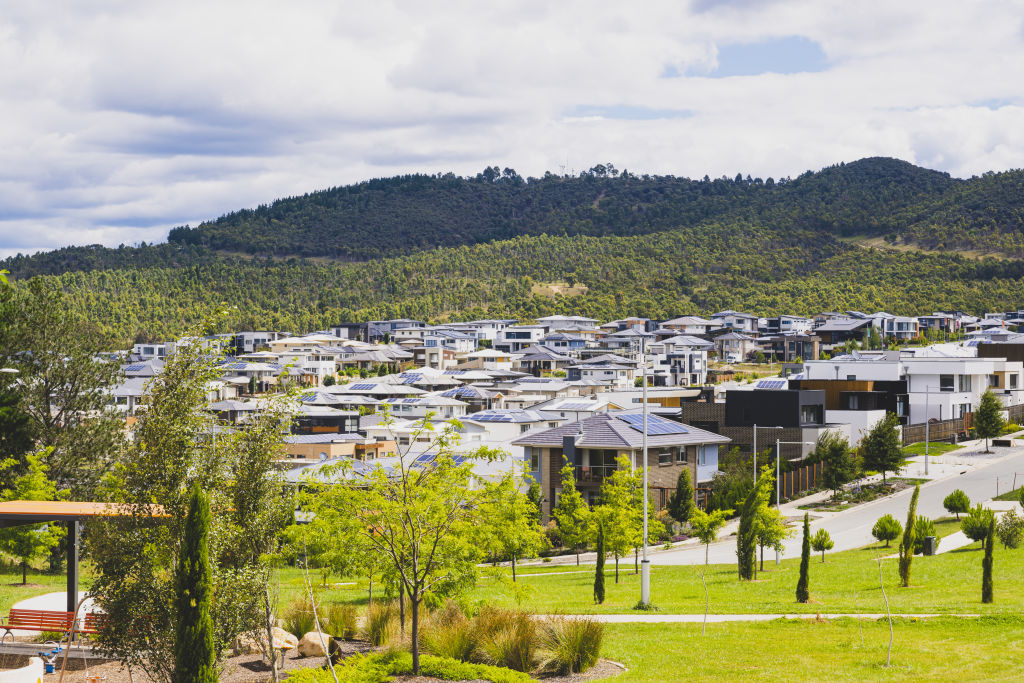
“We’re starting to see the rebalance between supply and demand,” she said. “The volume of newly advertised homes for sale over the March quarter is 2.8 per cent higher than the five-year average and is the largest volume for a March quarter since 2019. This is helping to shift market conditions as the total volume of homes for sale is improving from the recent multi-year low.”
Brett Hayman of Hayman Partners said the buyer pressure in the housing market had naturally seeped into the unit market recently.
“A 21 per cent rise over the year for house prices is still exceptional growth … and I think sellers are having a bit of a hangover right now from the last two years,” he said. “The heat has kind off worn off in the market but that benchmark for houses is still very high.
“It’s quite unaffordable for a lot of people and if FOMO is a key driver for purchase, then apartments are the way to go.”
Dr Powell noted that the stark difference between house and unit price performance had made units more appealing for property hunters.
UNITS | STRATIFIED MEDIAN PRICE
Capital City
Mar-22
Dec-21
Mar-21
Quarterly change
Annual change
Sydney
$796,524
$806,302
$759,957
-1.2%
4.8%
Melbourne
$578,775
$591,842
$570,096
-2.2%
1.5%
Brisbane
$437,034
$423,791
$399,735
3.1%
9.3%
Adelaide
$376,977
$372,016
$343,331
1.3%
9.8%
Canberra
$564,984
$561,624
$518,818
0.6%
8.9%
Perth
$358,366
$369,834
$375,820
-3.1%
-4.6%
Hobart
$572,568
$585,856
$441,149
-2.3%
29.8%
Darwin
$385,728
$387,530
$297,241
-0.5%
29.8%
Combined capitals
$616,942
$623,375
$590,444
-1.0%
4.5%
“What’s interesting about our unit market in Canberra is that it’s seeing a lower pace of price growth compared to houses and I think that in itself makes it much more affordable for a first-time buyer, as well as investors – [from] whom we’ve seen rising activity over the last 12 months,” she said.
“And I think those two factors will be helping to support demand for units.”
According to the report, the median unit price in Canberra was $564,984, an annual jump of 8.9 per cent and a quarterly increase of 0.6 per cent.
“Unit prices have plateaued in recent years but now we’re seeing so much growth. That 8.9 per cent yearly growth is superb considering the heightened supply of apartments coming to market,” Mr Hayman said.
We recommend
We thought you might like
States
Capital Cities
Capital Cities - Rentals
Popular Areas
Allhomes
More
